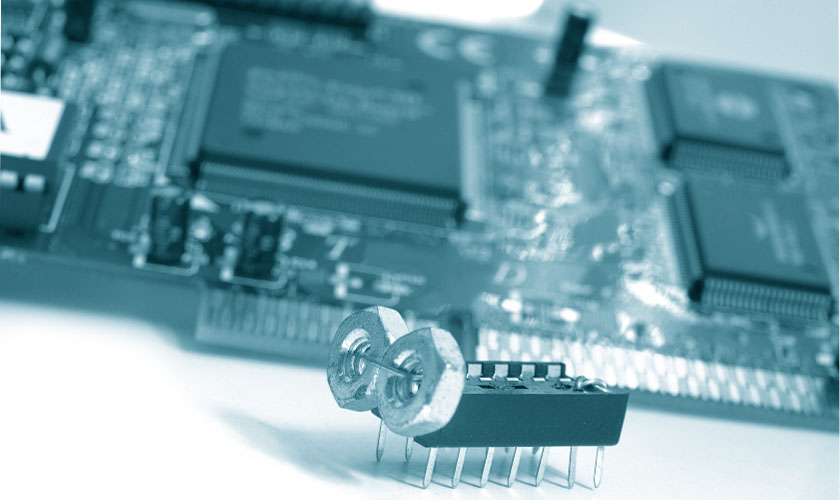On the other hand, depending on where the high CPU utilization occurs within the VDI architecture, the end user might be completely unaffected. In some cases, admins can apply standard server-level performance monitoring techniques to VDI deployments. This is especially true for very small VDI deployments. As the VDI deployment size increases, however, it becomes increasingly impractical to rely on standard performance monitoring techniques. It is far more effective to adopt a monitoring application specifically designed for VDI.
One way VDI monitoring software can determine the underlying cause of performance problems is to look at the similarities and differences between user sessions. VDI performance monitoring tends to be more complex than standard server performance monitoring. Several vendors, including Citrix and VMware, offer VDI-specific monitoring tools to help administrators quantify the end-user experience and quickly respond to problematic conditions.
To know more about these monitoring tools, visit this : TechTarget blog








0 Comments